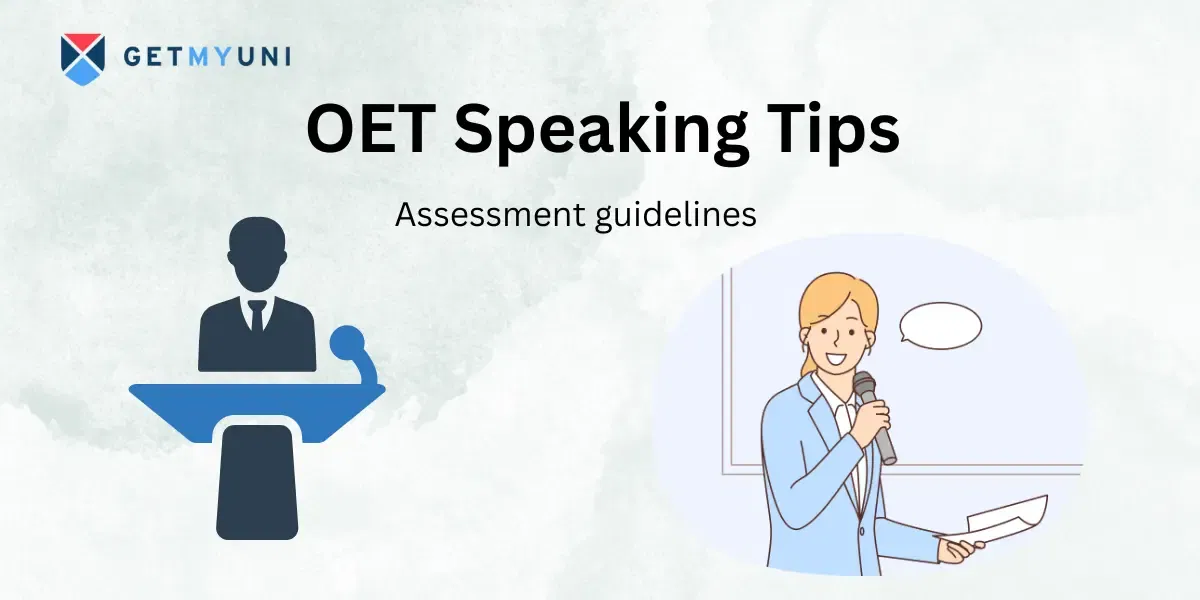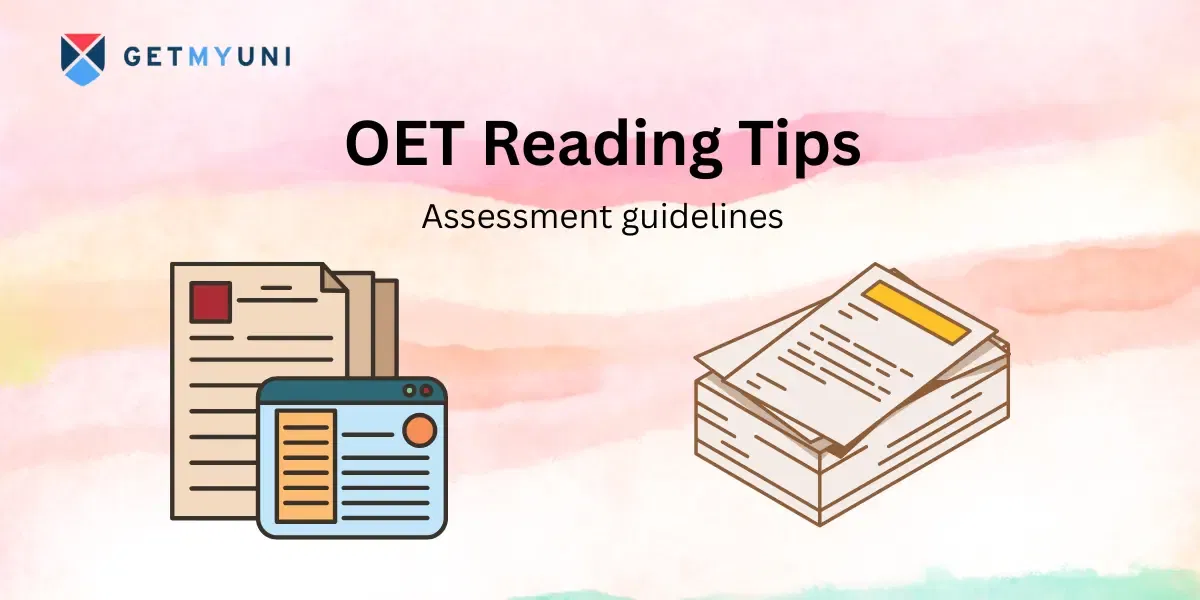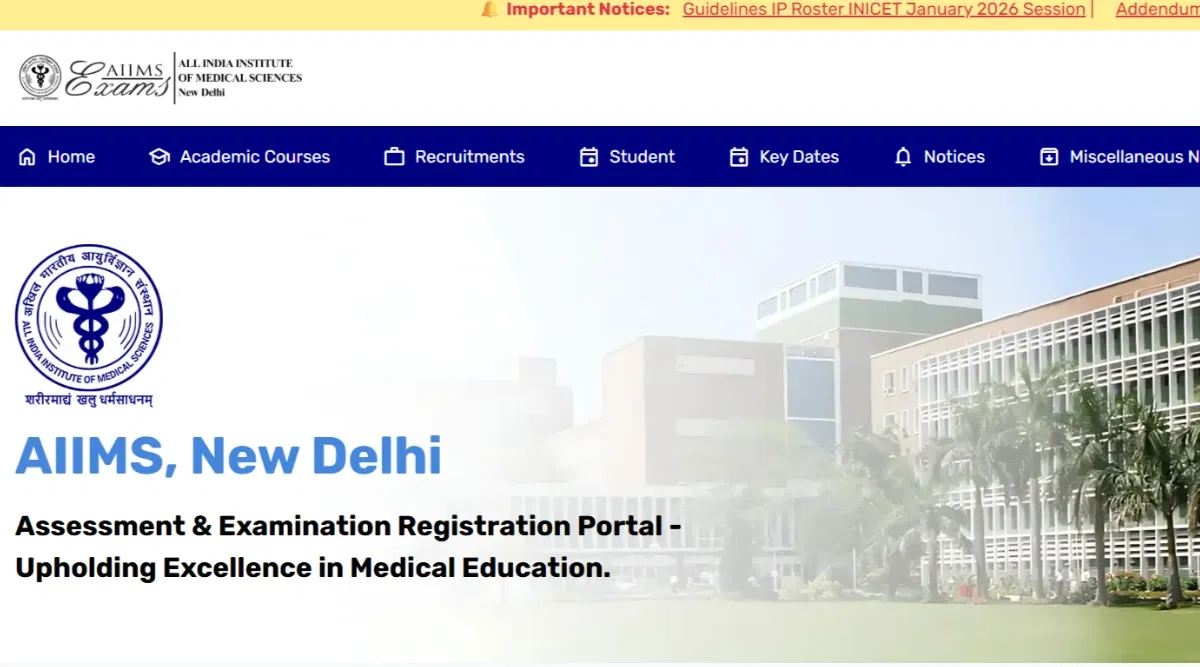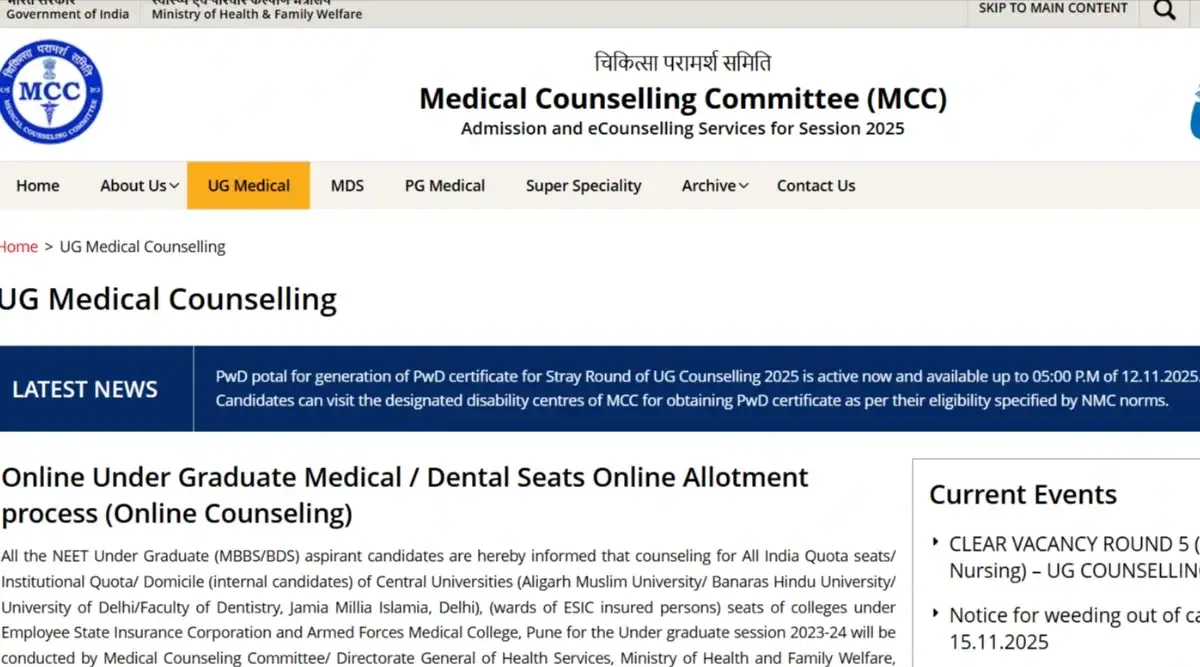There will be many instances where patients do not like to involve in any conversation. Therefore, to get into the process of initiating the conversation, here are some of the best practice tests in the form of OET speaking tips.
Table of Contents
OET (Occupational English Test) is generally taken by healthcare professionals aspiring to start a career abroad. The OET tests the four aspects of the candidates; reading, listening, speaking, and writing. Therefore, for cracking the exam, learning the OET speaking tips becomes mandatory with the rest. Furthermore, the skills of understanding and interaction are tested through this test.
For any healthcare professionals, it is essential to understand the problem of the patients and get them talking. Additionally, the OET speaking tips and strategies help the aspirants properly assess the patients' situation and communicate to the doctors.
Top 10 OET Speaking Tips
The OET speaking tips help understand the role of healthcare professionals while dealing with a patient. Therefore here are specific tips for OET speaking:
- Playing the Role
- Initiate the Conversation
- Keep the Conversation Flowing
- Ask Question
- Listen to the Problems
- Establish a Friendly Relationship
- Be Polite
- Handle the Odds
- Build confidence
- Organise the Role Play
1. Playing the Role
While this is an essential part of OET, candidates should know that this is a role play. Candidates will be provided with a situation where they have to act accordingly. The conductor of the test, known as an interlocutor, acts as the doctor or client. The candidates have to speak like a nurse, physiotherapist, dentist or any other professional.
However, this is a real situation test; fumbling or reflecting the nervousness can cause cancellation of the candidature. Besides, candidates are expected to behave and speak like a healthcare professional and do justice to the role.
2. Initiate the Conversation
In most cases, the candidate has to adapt to their role play and start the conversation. While the OET exam personnel will act as a client or doctor, the candidates have to be firm in their determination and begin to ask questions or get to talking.
In real-life situations even, the patients or clients will not start talking if they are not asked questions. Therefore, initiating the conversation is essential. Here are some examples:
- Suppose you are a nurse in a hospital visiting a patient with gastritis; start by introducing your name.
- Hello! My name is XYZ; I read your reports, they seem pretty normal. Would you like to tell me your current troubles?
It is how the conversation should begin for any case. The person at the other end should be comfortable speaking and narrating their point of view.
3. Keep the Conversation Flowing
Once the conversation with the interviewer, candidates must continue to discuss the case. In the case of patients, speaking to them becomes essential as they may not be comfortable sharing specific details with the doctor and maybe at ease sharing with the nurse or healthcare professionals. This way, the healthcare team can bridge the gap between doctors and patients.
Further, this will help the doctors to derive a particular conclusion and treat the patients in case of speaking to a doctor, enquiring about the patient's condition and keeping the doctor updated with any recent development in the case.
Here are some instances:
- Could you explain to me in detail what is troubling you?
- Could you please explain to me where the exact location of pain or trouble is?
- Can you tell me more about this?
4. Ask Question
Never hesitate to ask questions to the patient. In this case, the interviewer in his role-playing. If the interviewer is set up as the patient, ask him what the exact problems are. If they are reluctant to speak, get them talking. Keep the flow of questions coming. Finally, ask some questions related to the patient's current condition.
Here are some examples:
- Do you still feel the pain?
- On a scale of 1-10, how would you rate it?
- Since when are you suffering from this problem?
- What are your current medications?
5. Listen to the Problems
One of the essential things of this OET speaking test tip is listening to the person's answers at the other end. Do not be opinionated. However, this is a speaking test, but listening is vital to reply to any query or initiate the next question.
Speaking alone cannot help. Additionally, listening to the patients or doctors advice will enable candidates/ healthcare professionals to understand the depth of the situation and the way forward.
6. Establish a Friendly Relationship
To get to know more about the situation or conditions, try to understand the patients' concerns. Then, try to fetch as much information as possible. For example, if the person at the other end is suffering from some ailments, they will know the possible outcome.
Once the person becomes comfortable, they will feel safe to share all the essential details. Therefore, establishing a friendly relationship is necessary.
7. Be Polite
When speaking with the patient, patience is the key. The pain or troubles of the patients can be severe. Therefore, speaking to them with the utmost polite tone is necessary. Further, use proper language, avoid using any vernacular language. Never be rude when conversing. Healthcare professionals' voices should reflect humility, respect, and exceptional understanding. However, speak with fluency but not fast.
8. Handle the Odds
Do not get stumped by any unexpected questions or situations. Handle them with sincerity and prove confidence. There may be many instances where the patients will ask you a variety of baffling questions such as:
- What is your educational qualification?
- What is your marital status, how old are you?
- Where do you stay? Why did you choose this line of work?
However, answer them without losing the calm. Then, with the answer, project the question that the patients are avoiding. Additionally, this will build a bond.
9. Build confidence
The exam is mandatory for OET; therefore, displaying confidence is a necessity. Whatever be the question, answering them with confidence will matter the most. Furthermore, this also enhances the profile.
10. Organise the Role Play
In this part, candidates need to chronologically set their stage. There should be an introduction, a body and a great conclusion. Read the topic, set the opening stage with formal introductions, proceed to the concerns, discuss them and think of the possible outcome. Lastly, conclude the role play with the proper conclusion to which both the interviewer and the candidate agrees.
How is OET Speaking Assessed?
While talking about the speaking tips for OET, there are specific criteria on which the candidate's performance is assessed. The criteria are as follows:
- The candidates are marked by two OET trained assessors who evaluated the candidate's performance.
- Neither of the assessors knows about the candidates marking. They mark their scorecards.
- The interlocutor does not play any role in candidate assessment.
- The OET assessors are trained to critically evaluate the candidate's performance based on criteria such as their response to specific tasks, demeanour, and presence of mind.
- Further, the OET assessors do not specifically test spoken English; they test the candidate's overall knowledge.






















POST YOUR COMMENT